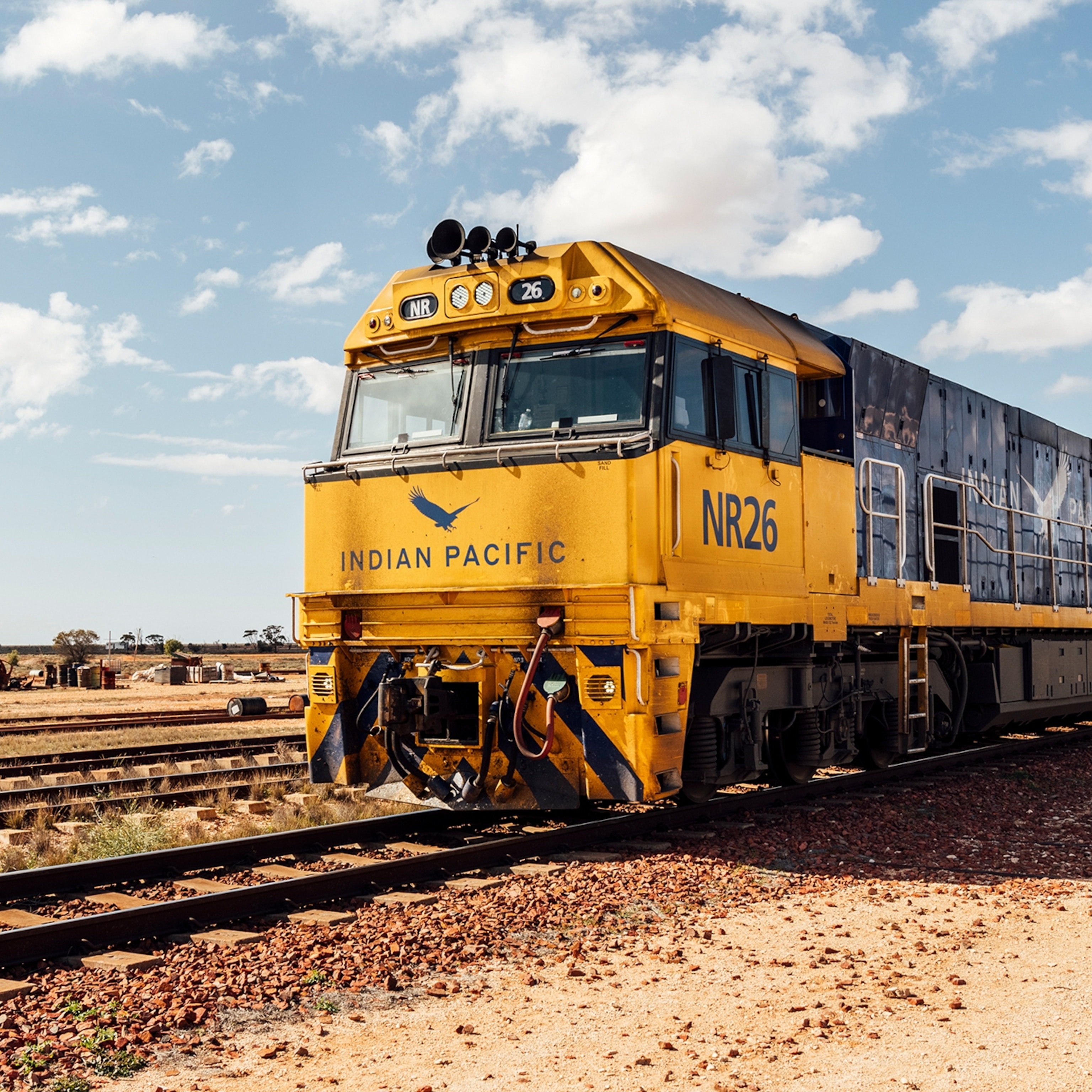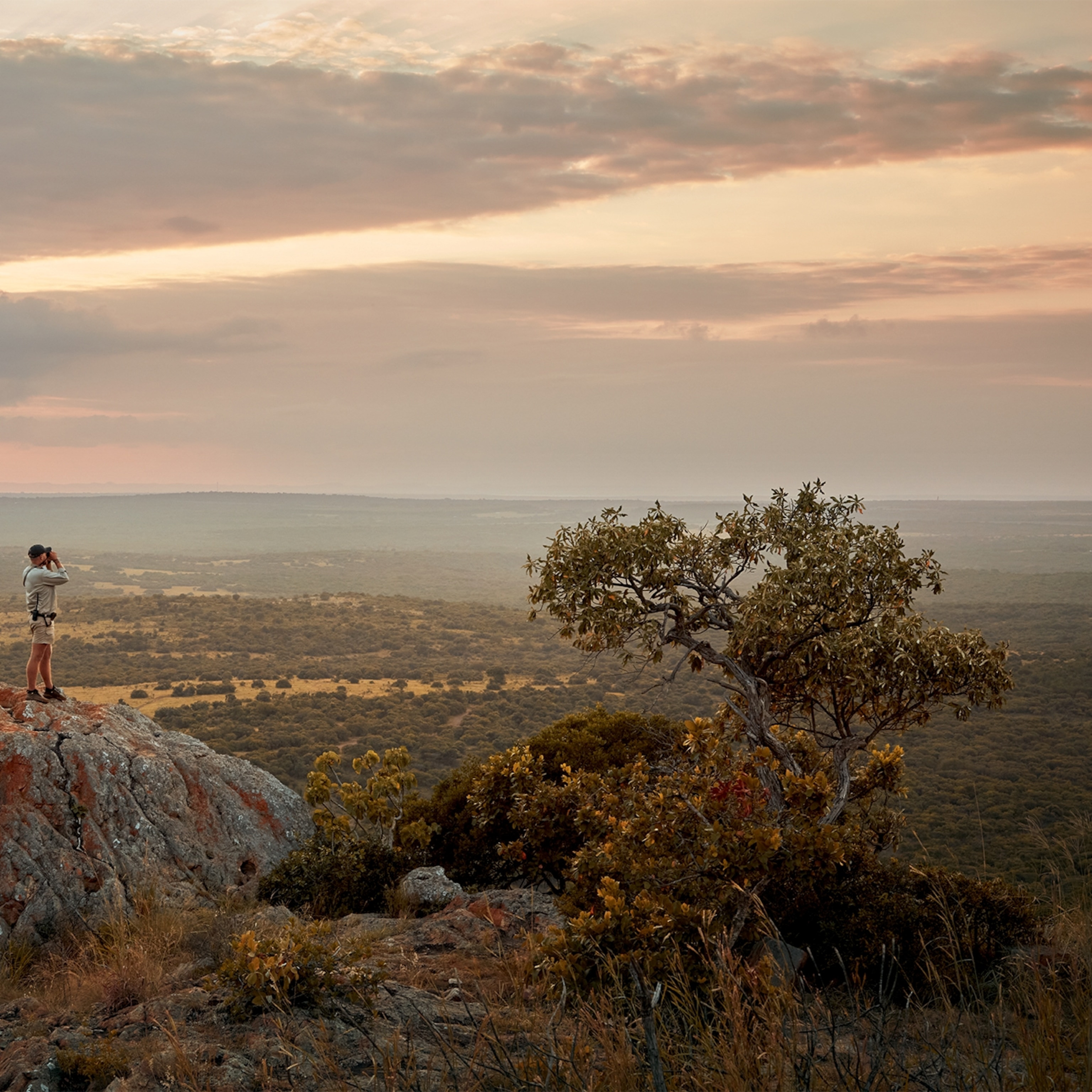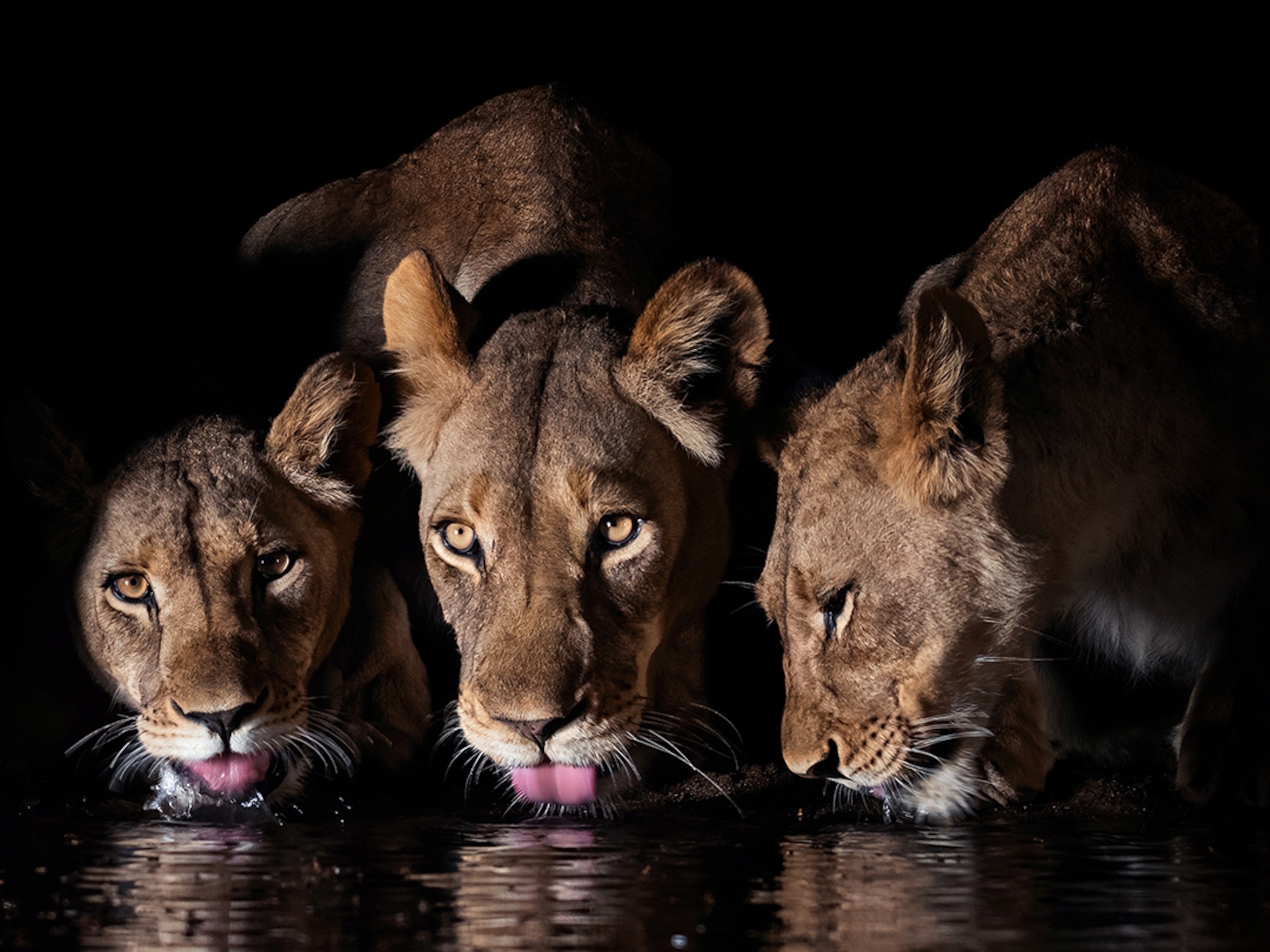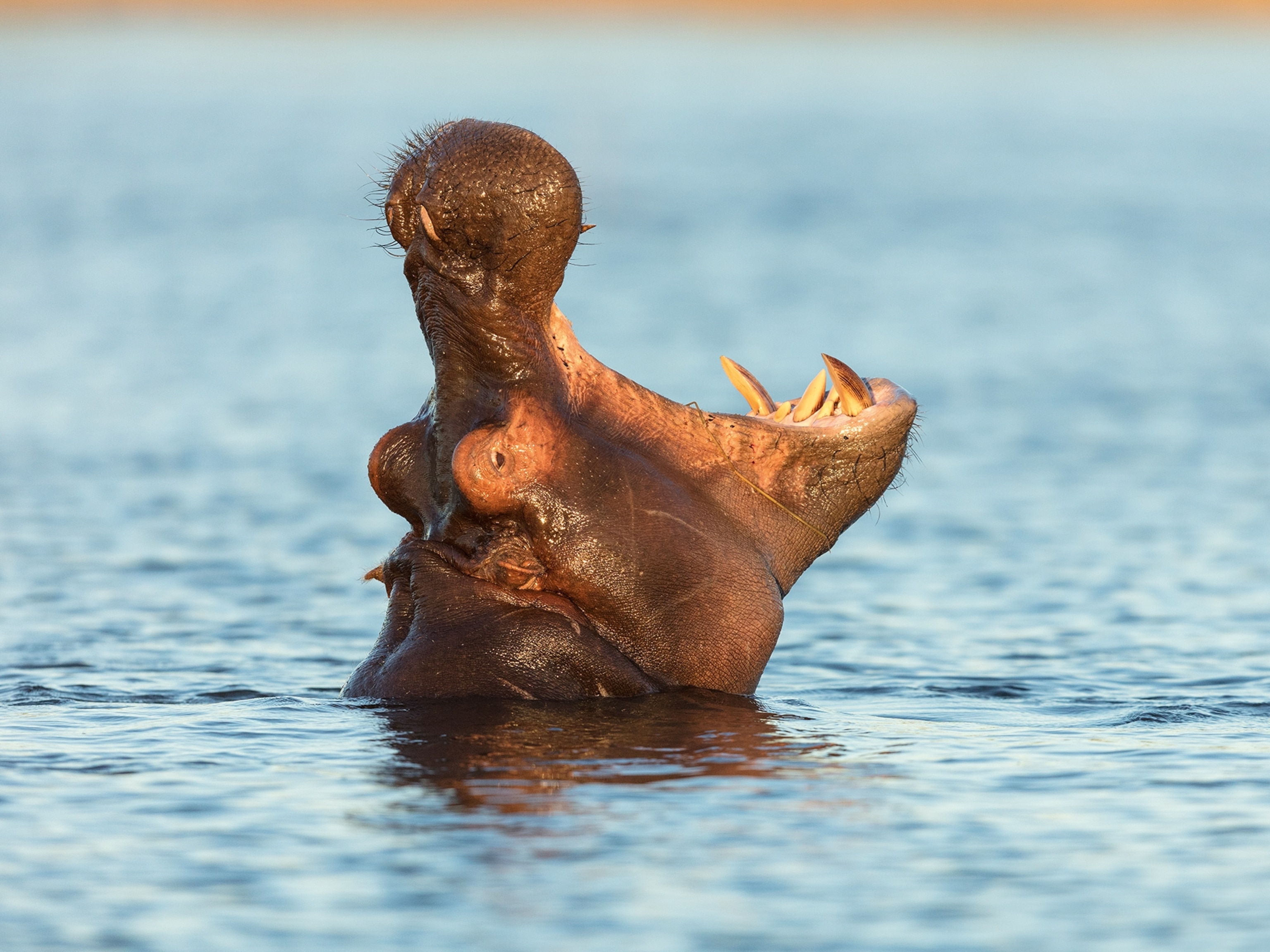Ocean to Outback: discover Australia with a wildlife safari
In South Australia and Western Australia, there are many inspiring moments waiting to be unearthed. Here are seven locations not to be missed.
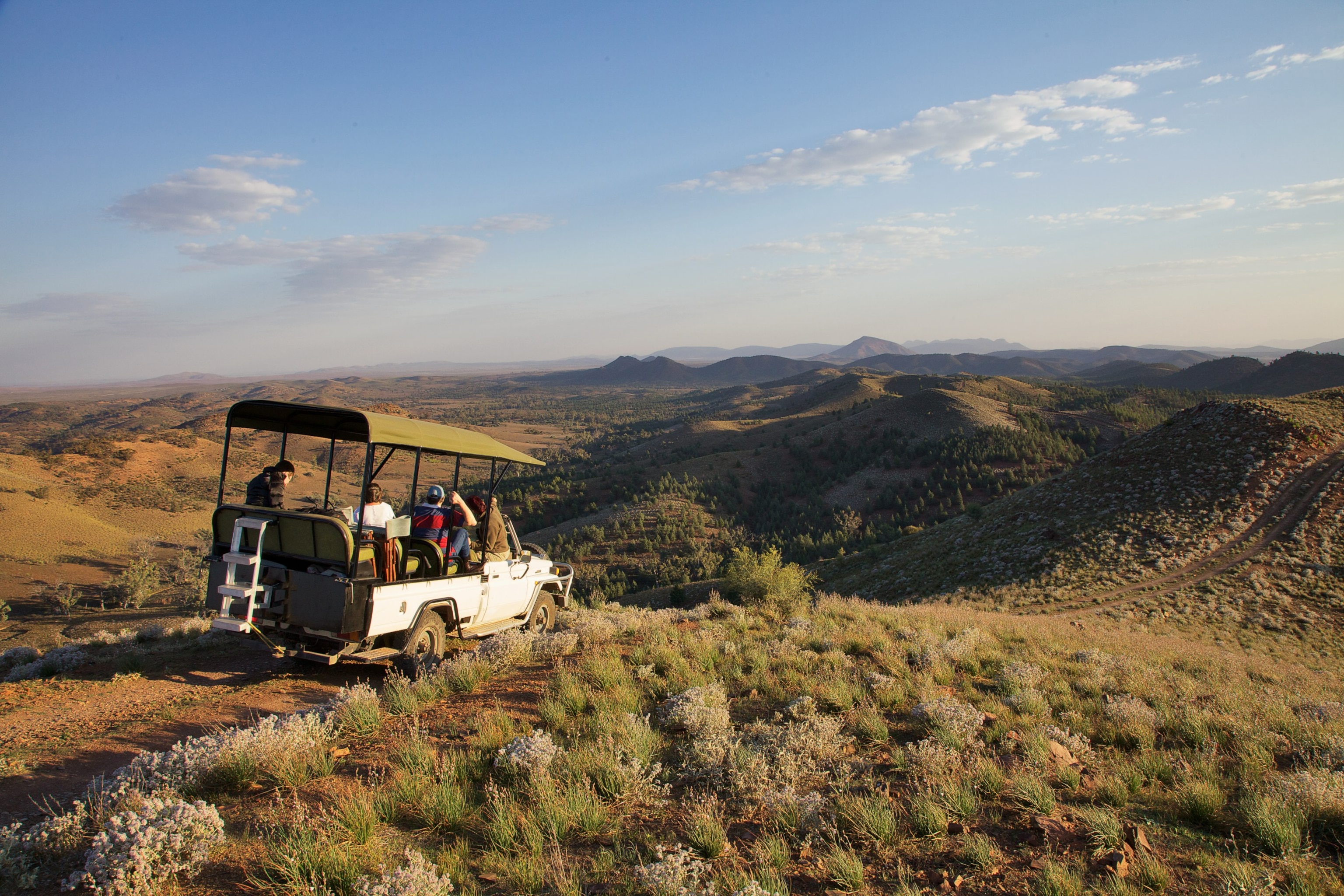
There are places that etch into the memory and are forever longed for. Australia’s ancient wilderness imprints on the psyche and the soul. Home to the world’s oldest living culture, an indelible mythology prevails in this land. From its untouched beaches, mighty rivers, deep gorges and bushland teeming with weird and wonderful wildlife; the Outback has stories and secrets waiting to be discovered.
Flinders Ranges
A five-hour drive north of South Australia’s state capital, Adelaide, is the enchanting Flinders Ranges. Explore deep red, arid terrain, dramatic peaks, towering gum trees, riverbeds, Aboriginal rock art and abundant wildlife. You’ll spot yellow footed rock wallabies, short-beaked echidnas, kangaroos, emus, wedge-tailed eagles, bearded dragons and geckos on the bushwalks and safari drives led by local field guides. Amid a stunning landscape that resembles ancient, monolithic spinal columns from the air, don’t miss the craterous geological formation, Wilpena Pound. The enormous natural auditorium is breathtaking.
Kangaroo Island
There’s an island just off South Australia that gives you a big Australian experience. Kangaroo Island is renowned for its diverse wildlife, with much of the landscape protected within conservation parks. The philosophy here is simple: observe, don’t intrude.
There are few places like ‘KI’ in the world. In the island’s far west is the surreal geological phenomenon of Remarkable Rocks, and Admirals Arch in Flinders Chase National Park. You’ll discover the result of how the southern seas and its winds have incredibly carved rocks over the millennia and see flora and fauna you won’t find anywhere else on Earth. Spot koalas, wallabies, kangaroos and more in the wild, and be treated to an abundance of birdlife, before walking to see rare Australia Sea Lions at Seal Bay.
Eyre Peninsula
Translucent turquoise rock pools and swimming holes, oyster farms, a ‘wave rock’ and coastal country charm with pristine beaches as far as the eyes can see. This is the Eyre Peninsula. Renowned for its marine life, including whale watching, Eyre Peninsula is a mecca for surfers and adventurers. The Eyre is for serious outdoorists, only under two hours’ drive west of Adelaide or a 45-minute flight.
Lincoln National Park is your first stop. Explore the sand dunes, rugged coast, hidden coves, go fishing, peruse the many walking trails or even head out on a fun, four-wheel-drive exploration of the beach. Head further along the peninsula to Greenly Beach and onto Talia Caves and marvel at the oh-so picturesque, heart-shaped rock pools. Embrace the slow pace of this region. This place lets you breathe in the Eyre – and connect with nature’s circadian rhythm.
Middle Island and Lucky Bay
Southeast of Perth, on Western Australia’s Southern Ocean coastline, are two unmissable stops: Middle Island and Lucky Bay. The former is home to Lake Hillier with its vibrant pink waters, bordered by lush greenery and crystal turquoise ocean. Nature shows off the contrasting hues, turning the land into a living art piece. You can visit by helicopter from nearby Esperance.
Also close to Esperance is Australia’s whitest beach, Lucky Bay, which is part of the Cape le Grand National Park. The sand is so pure it squeaks as you walk on it. It’s also rumoured to have the clearest water in the world. Better still, Lucky Bay is famous for kangaroos, who are often found lazing or hoping on the beach here.
The Kimberley
Further up Western Australia’s coast is one of the oldest, wildest landscapes in the world – the Kimberley. Many travellers start their northwestern adventure in Broome, for that iconic camel ride at sunset – the dropping sun framing each camel’s silhouette, one perfect photo at a time. Inland, there’s no place on earth like the Kimberley. Although geographically isolated, you feel connected to the earth and the collective history.
You’re spoiled for choice with nature’s most staggering landmarks and raw beauty. There’s the Horizontal Falls and Buccaneer Archipelago, the 360-million-year-old Bungle Bungle Range with its beehive stripped domes and the striking Echidna Chasm walk, plus both the King George and Mitchell Falls, which thunder at the start of the dry season from late March.
The Pinnacles
Down the vast coastline, two hours north of Perth, lies the Pinnacles – a natural wonder with hundreds of limestone pillars towering over hikers’ heads. The ‘statues’ formed around 500,000 years ago after the ocean receded and left behind shell remnants.
The Pinnacles will have you pondering the Earth’s greatest mysteries. Visit the park and stay into the night to see the Milky Way in a whole new light, with a vast night sky lighting up the desert.
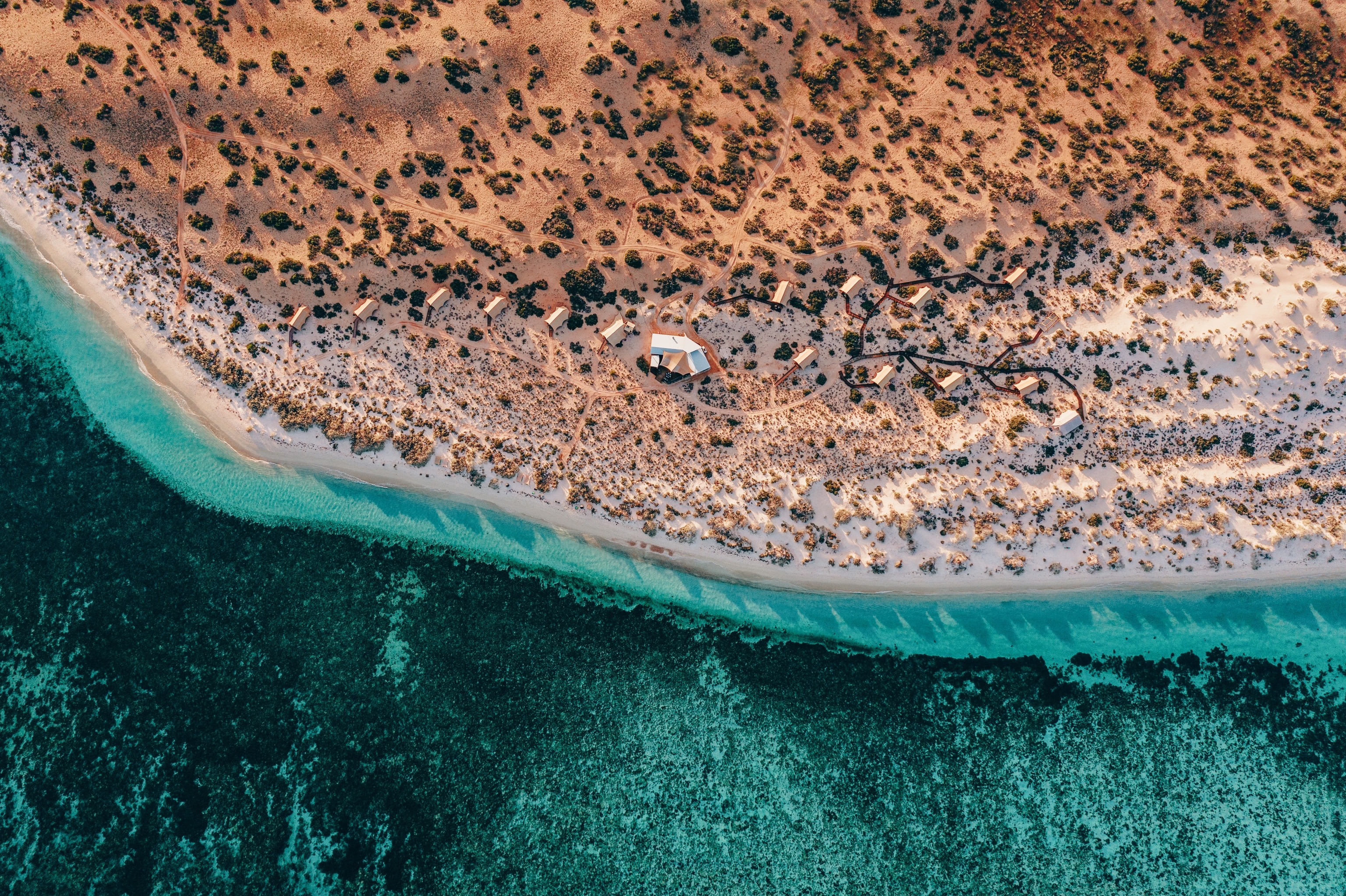
Ningaloo Reef
Mother Nature has many darlings. Most know her Great Barrier Reef, but far fewer have experienced her creation out west – Ningaloo. As the world’s largest fringing reef, you can swim out to a thriving coral reef and all its inhabitants.
Swim with vibrant coral that’s home to myriad fish, turtles, manta rays and dugongs. Spot ocean giants such as whale sharks and humpback whales in April to July and July to October, respectively, as they migrate to the Western Australian coast. Marvel at the sea birds and their morning choir echoing from the nearby gorges and valleys of Cape Range National Park.
Follow the walking trails – the veins of this ancient land – through the majestic limestone ranges and canyons. Here, you’re a guest of its native animals, the kangaroos, wallabies, dingoes, echidnas, emus and lizards. Nowhere else does ocean meets Outback quite like this.
Discover the magnificence of South Australia and Western Australia with Wexas Travel. The tailor-made holiday specialist offers a 16-day, tailor-made journey from £5,870 per person, which includes UK airport lounge access, return flights between London, Perth and Adelaide, domestic flights, accommodation, transfers, car hire and much more. For more information and details on the package, visit wexas.com
Facebook | Instagram | Twitter
